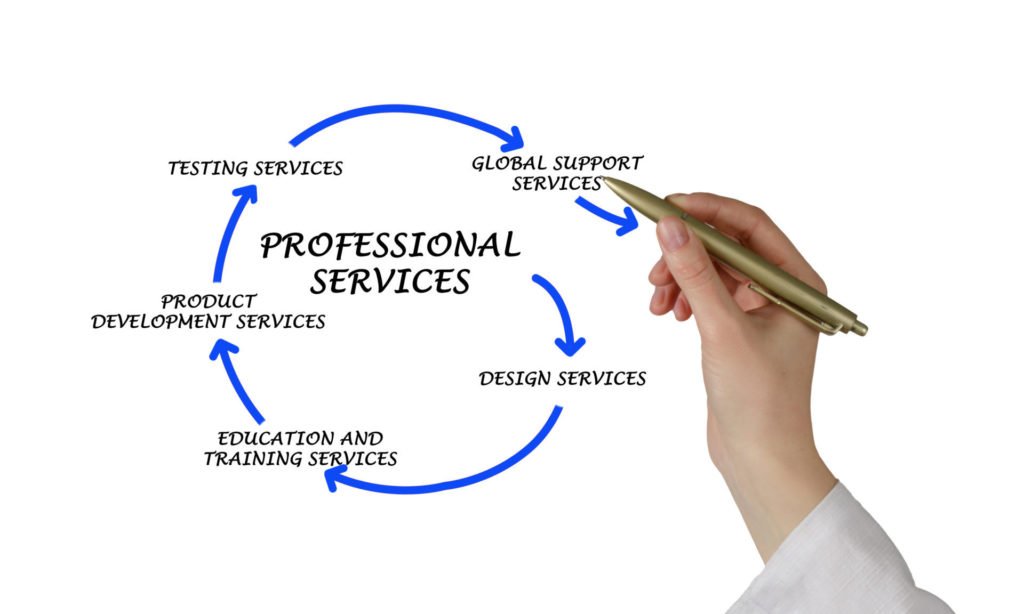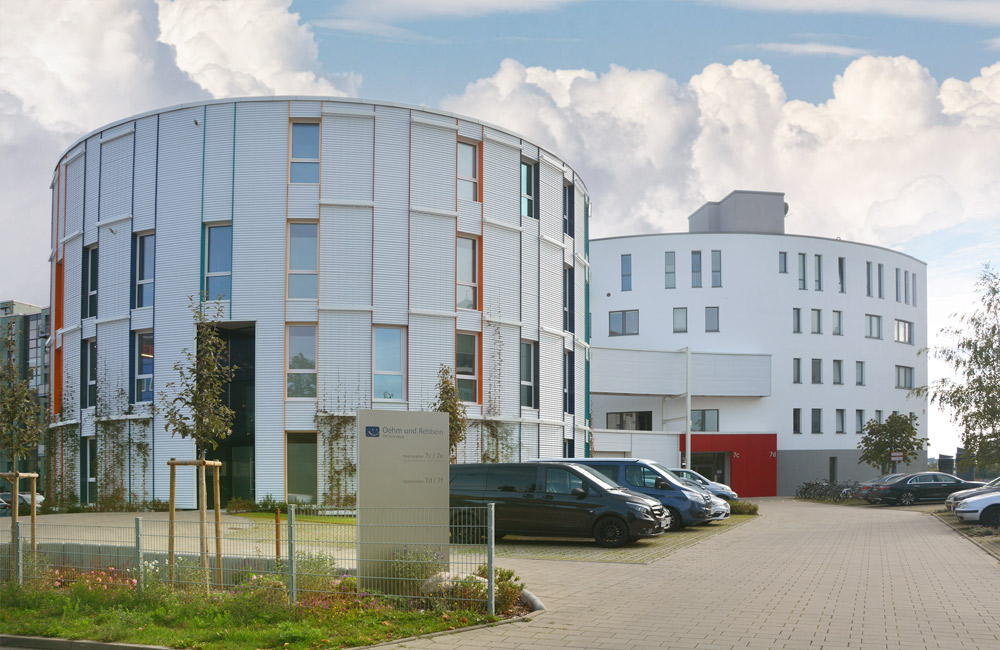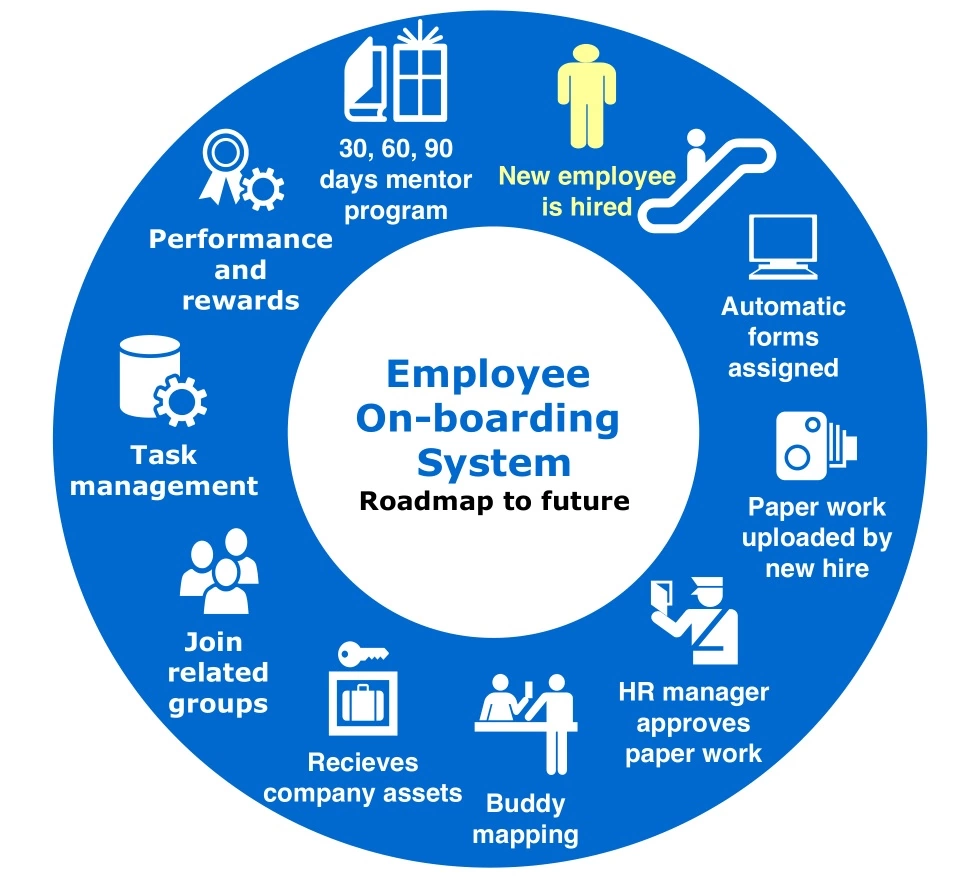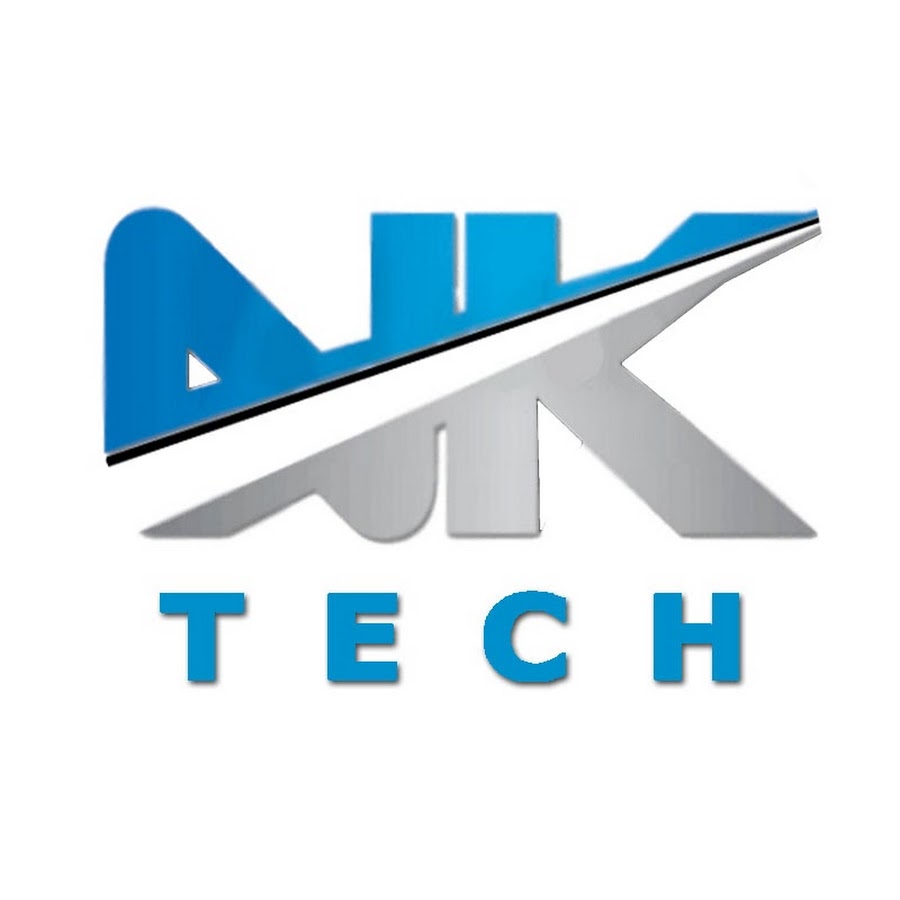New Office Technology: Shaping the Future of Work
New office technology has revolutionized the way we work, transforming traditional office spaces into dynamic and interconnected hubs of productivity. From the introduction of personal computers to the rise of […]

New office technology has revolutionized the way we work, transforming traditional office spaces into dynamic and interconnected hubs of productivity. From the introduction of personal computers to the rise of cloud computing, each technological advancement has redefined the landscape of work, empowering employees and businesses alike.
This evolution continues with emerging trends like artificial intelligence, the Internet of Things, and collaborative platforms, all contributing to a more efficient, connected, and adaptable workplace. These technologies are not just tools; they are catalysts for change, driving innovation, fostering collaboration, and ultimately, shaping the future of work.
The Evolution of Office Technology
The evolution of office technology has been a continuous journey of innovation, transforming the way we work and communicate. From the humble typewriter to the powerful computers of today, advancements in technology have dramatically reshaped the modern workplace, leading to increased efficiency, collaboration, and globalization.
The Rise of Traditional Office Tools
The early stages of office technology were marked by the introduction of mechanical tools designed to streamline tasks. The typewriter, invented in the late 19th century, revolutionized document creation, replacing the laborious process of handwritten documents. The invention of the telephone in 1876 facilitated instant communication, connecting people across distances and paving the way for remote work.
“The typewriter was a game-changer, allowing for faster and more efficient document creation, leading to a surge in written communication.”
These innovations significantly improved communication and information management, laying the foundation for the modern office.
The Digital Revolution and Its Impact on Work Practices
The mid-20th century saw the rise of digital technology, marking a pivotal shift in office technology. The introduction of the personal computer in the 1970s and the internet in the 1990s ushered in a new era of interconnectedness and information accessibility.
- Personal Computers: The personal computer revolutionized individual productivity, allowing for greater control over tasks and access to a vast range of software applications.
- The Internet: The internet connected businesses and individuals globally, enabling seamless communication and collaboration, regardless of location.
- Software Applications: The development of software applications like word processors, spreadsheets, and databases streamlined workflows and improved data management.
These advancements transformed work practices, leading to increased efficiency, collaboration, and global reach.
The Changing Nature of Work
Technological advancements have profoundly impacted the nature of work, leading to the rise of remote work and automation.
- Remote Work: The widespread adoption of digital tools and communication technologies has enabled employees to work from anywhere with an internet connection, fostering a more flexible and geographically diverse workforce.
- Automation: Automation technologies, such as artificial intelligence and robotic process automation, are increasingly being used to automate repetitive tasks, freeing up human employees to focus on more complex and strategic work.
The changing nature of work has also led to a demand for new skills, such as data analysis, coding, and digital marketing.
The Future of Office Technology
The future of office technology is likely to be driven by continued advancements in artificial intelligence, cloud computing, and the Internet of Things (IoT).
- AI-powered Tools: AI-powered tools will likely become increasingly sophisticated, offering personalized assistance and automation for a wide range of tasks.
- Cloud Computing: Cloud computing will continue to enable businesses to access and share data and applications from anywhere, fostering greater flexibility and scalability.
- IoT Integration: The integration of IoT devices will likely lead to a more connected and data-driven workplace, enabling real-time monitoring and analysis of processes.
These advancements will continue to transform the way we work, leading to a more agile, data-driven, and interconnected workplace.
Emerging Trends in Office Technology

The office landscape is constantly evolving, driven by technological advancements that are transforming the way we work. From artificial intelligence to cloud computing, these trends are reshaping our interactions, collaboration, and communication within the workplace.
Artificial Intelligence in the Workplace
Artificial intelligence (AI) is rapidly changing the office environment, automating tasks, enhancing productivity, and offering new ways to interact with technology. AI-powered tools are becoming increasingly prevalent in various aspects of work, including:
- Customer Service: Chatbots and virtual assistants powered by AI are revolutionizing customer interactions. These tools can handle routine inquiries, provide personalized recommendations, and resolve issues quickly and efficiently. For example, many companies use AI-powered chatbots to answer frequently asked questions on their websites, freeing up human customer service representatives to focus on more complex issues.
- Data Analysis: AI algorithms can analyze vast amounts of data, identify patterns, and provide insights that can inform decision-making. This enables businesses to gain a deeper understanding of customer behavior, market trends, and operational efficiency. For example, AI-powered tools can analyze sales data to identify patterns and predict future demand, helping businesses optimize their inventory and pricing strategies.
- Automation: AI can automate repetitive tasks, freeing up employees to focus on more strategic and creative work. For example, AI-powered tools can automate tasks like scheduling meetings, generating reports, and processing invoices.
Cloud Computing and its Impact
Cloud computing has become a fundamental element of modern office technology, enabling businesses to access and share data, applications, and services over the internet. The cloud offers numerous benefits, including:
- Scalability and Flexibility: Cloud computing allows businesses to scale their IT resources up or down as needed, ensuring they have the capacity to handle peak workloads and adapt to changing business demands.
- Cost-Effectiveness: Cloud services can be more cost-effective than traditional on-premises IT infrastructure, as businesses only pay for the resources they use.
- Collaboration and Accessibility: Cloud-based applications and services facilitate seamless collaboration among team members, regardless of their location.
Examples of cloud-based applications that are transforming office work include:
- Google Workspace: This suite of cloud-based productivity tools, including Gmail, Docs, Sheets, and Drive, allows teams to collaborate on documents, spreadsheets, and presentations in real-time.
- Microsoft 365: Similar to Google Workspace, Microsoft 365 provides a range of cloud-based productivity tools, including Microsoft Word, Excel, PowerPoint, and Outlook.
- Dropbox: Dropbox is a popular cloud storage service that allows users to store, share, and access files from anywhere.
The Internet of Things in the Workplace
The Internet of Things (IoT) is connecting devices, appliances, and sensors in the office, enabling data collection, automation, and improved efficiency.
- Smart Office Environments: IoT sensors can monitor environmental conditions, such as temperature, humidity, and lighting, and adjust them automatically to optimize comfort and energy efficiency.
- Asset Tracking: IoT devices can be used to track the location and status of office equipment, such as laptops, printers, and meeting room equipment, improving asset management and reducing downtime.
- Workplace Analytics: IoT data can be used to gain insights into workplace utilization, employee movement patterns, and meeting room usage, helping organizations optimize their office space and improve employee productivity.
Impact of New Office Technology on Productivity and Efficiency

The integration of new office technology has significantly transformed the way businesses operate, impacting productivity and efficiency in various ways. From streamlined communication to automated tasks, these advancements have the potential to optimize workflows and empower employees to achieve better results.
Faster Communication and Collaboration, New office technology
Faster communication is a cornerstone of increased productivity. New office technologies like instant messaging platforms, video conferencing tools, and collaborative document editing software facilitate real-time communication and collaboration, eliminating the delays associated with traditional methods like email or phone calls. This allows teams to work together seamlessly, regardless of their physical location, fostering quicker decision-making and problem-solving.
- Instant messaging platforms like Slack or Microsoft Teams enable quick and direct communication, reducing the time spent on lengthy email threads.
- Video conferencing tools like Zoom or Google Meet allow for face-to-face interactions, fostering better understanding and engagement during meetings.
- Collaborative document editing software like Google Docs or Microsoft Word Online enables multiple users to work on the same document simultaneously, streamlining the editing process and eliminating version control issues.
Automated Tasks and Processes
Automating repetitive tasks is another key aspect of improving efficiency. New office technologies like Robotic Process Automation (RPA) and artificial intelligence (AI) can automate tasks like data entry, invoice processing, and scheduling, freeing up employees to focus on more strategic and creative endeavors.
- RPA software can automate repetitive tasks by mimicking human actions, reducing errors and freeing up employees for more complex tasks.
- AI-powered tools can analyze data and provide insights, helping businesses make better decisions and optimize processes.
- These technologies can significantly reduce the time and effort required to complete routine tasks, allowing employees to focus on more value-adding activities.
Enhanced Collaboration and Teamwork
New office technologies also foster a more collaborative work environment. Project management software, cloud-based storage solutions, and online collaboration platforms allow teams to work together seamlessly, regardless of their physical location. This promotes better communication, transparency, and accountability, leading to more efficient and productive teamwork.
- Project management software like Asana or Trello helps teams track progress, manage tasks, and collaborate effectively on projects.
- Cloud-based storage solutions like Google Drive or Dropbox allow teams to access and share files easily, promoting seamless collaboration and eliminating version control issues.
- Online collaboration platforms like Microsoft Teams or Slack provide a central hub for communication, file sharing, and task management, fostering a more cohesive and efficient team environment.
Challenges and Considerations for Implementing New Office Technology
The transition to new office technology can be exciting, but it also comes with its own set of challenges and considerations. Successful implementation requires careful planning, a thorough understanding of potential obstacles, and a proactive approach to mitigate risks.
Cost Considerations
The financial implications of adopting new office technology are significant. The initial investment in hardware, software, and infrastructure can be substantial, especially for larger organizations. Furthermore, ongoing costs such as maintenance, software updates, and training can add up over time.
- Budget Allocation: Carefully assess the available budget and allocate funds strategically. Consider the long-term cost-benefit analysis, factoring in potential savings in efficiency and productivity.
- Return on Investment (ROI): Quantify the expected return on investment (ROI) by measuring improvements in productivity, reduced operational costs, and enhanced customer satisfaction.
- Cost-Effective Alternatives: Explore cost-effective alternatives such as cloud-based solutions, subscription models, and open-source software.
Security and Data Privacy
The adoption of new technology often introduces new security vulnerabilities. Protecting sensitive data from unauthorized access, cyber threats, and data breaches is paramount.
- Data Encryption: Implement robust data encryption measures to safeguard sensitive information both in transit and at rest.
- Access Control: Establish strong access control policies and procedures to restrict access to authorized personnel.
- Regular Security Audits: Conduct regular security audits to identify and address potential vulnerabilities.
- Employee Training: Train employees on best practices for data security, password management, and recognizing phishing attempts.
Employee Training and Adoption
New office technology often requires significant training for employees to adapt to new workflows and processes. Resistance to change and a lack of proper training can hinder adoption and limit the benefits of the new technology.
- Training Programs: Develop comprehensive training programs that cater to different skill levels and learning styles. Offer hands-on training sessions, online tutorials, and ongoing support.
- Change Management: Implement effective change management strategies to address employee concerns, communicate the benefits of the new technology, and provide ongoing support during the transition period.
- User-Friendly Interface: Choose technology with user-friendly interfaces that are intuitive and easy to navigate. This can minimize the learning curve and encourage adoption.
Integration with Existing Systems
Integrating new technology with existing systems and processes can be complex and time-consuming. Compatibility issues and data migration challenges can disrupt workflows and lead to delays.
- Compatibility Assessment: Thoroughly assess the compatibility of the new technology with existing systems and infrastructure.
- Data Migration: Plan and execute a seamless data migration process to ensure data integrity and minimal disruption to operations.
- API Integration: Utilize Application Programming Interfaces (APIs) to facilitate data exchange and integration between different systems.
Scalability and Future-Proofing
The chosen technology should be scalable to accommodate future growth and evolving business needs. It’s important to consider the long-term implications of the technology and ensure it can adapt to future changes.
- Scalability Assessment: Evaluate the scalability of the technology to ensure it can handle increased workloads and data volumes.
- Future-Proofing: Choose technology that is future-proof, with support for emerging technologies and industry standards. This can minimize the need for costly upgrades in the future.
- Cloud-Based Solutions: Consider cloud-based solutions that offer scalability, flexibility, and access to the latest features and updates.
The Future of Office Technology
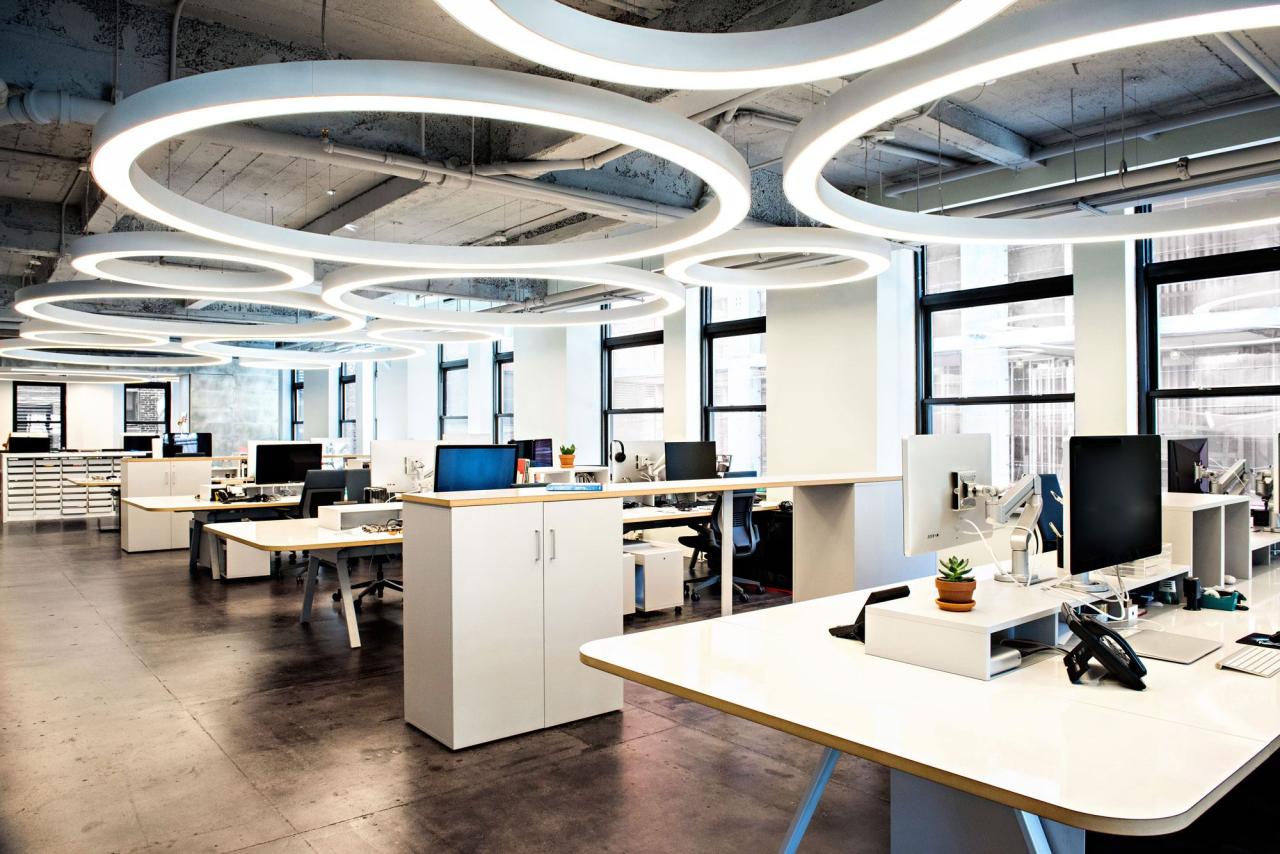
The office of the future is rapidly evolving, driven by technological advancements that are transforming the way we work. From immersive virtual and augmented reality experiences to personalized workspaces tailored to individual needs, the future of office technology promises a more dynamic, efficient, and engaging work environment.
The Rise of Virtual and Augmented Reality
Virtual and augmented reality technologies are poised to revolutionize the office landscape. VR can create immersive virtual environments for collaboration, training, and even remote work, fostering a sense of presence and connection. AR, on the other hand, overlays digital information onto the real world, enhancing tasks, providing real-time data, and streamlining workflows.
“VR and AR technologies are poised to create a more collaborative, immersive, and engaging work environment.”
Personalized Workspaces
The future of office technology will be characterized by personalized workspaces that cater to individual needs and preferences. This includes adjustable desks, smart lighting systems that adapt to natural light conditions, and noise-canceling technology to create a focused and productive work environment.
“Personalized workspaces will empower employees to work in a way that optimizes their productivity and well-being.”
Impact on the Future of Work
The emergence of these technologies will have a profound impact on the future of work.
- Remote Work: VR and AR technologies will enable seamless remote collaboration, blurring the lines between physical and virtual work environments.
- Upskilling and Reskilling: The rise of office technology will necessitate new skills, such as data analysis, virtual collaboration, and digital literacy.
- Enhanced Productivity: Personalized workspaces and AR-enabled workflows will optimize productivity and efficiency, allowing employees to focus on high-value tasks.
Visual Representation of Office Technology Evolution
The following table illustrates the predicted evolution of office technology over the next decade:
| Year | Key Technology | Impact on Office | Example |
|—|—|—|—|
| 2023 | Smart Assistants, AI-powered tools | Increased automation, personalized workflows | Voice-activated assistants for scheduling and communication |
| 2025 | VR collaboration platforms, AR-enabled design tools | Immersive collaboration, enhanced visualization | VR meeting rooms for remote teams, AR overlays for product design |
| 2028 | Biometric authentication, AI-driven performance analysis | Enhanced security, personalized performance feedback | Facial recognition for access control, AI-powered dashboards for productivity tracking |
| 2030 | Personalized workspaces, AI-powered learning platforms | Customized work environments, continuous learning | Adjustable desks, smart lighting, personalized learning paths |
Ultimate Conclusion
As we move forward, the integration of new office technology will continue to redefine the workplace, creating opportunities for greater efficiency, innovation, and employee satisfaction. By embracing these advancements and adapting to the changing landscape of work, businesses can unlock new possibilities and position themselves for success in the ever-evolving digital age.
New office technology is constantly evolving, with advancements in areas like cloud computing, video conferencing, and even the way we connect to the internet. For example, the use of fiber technologies is rapidly becoming the standard for high-speed internet access, ensuring that businesses can handle demanding workloads and stay connected seamlessly.
This reliable connectivity is crucial for the smooth operation of modern office environments, allowing for efficient communication and collaboration.



